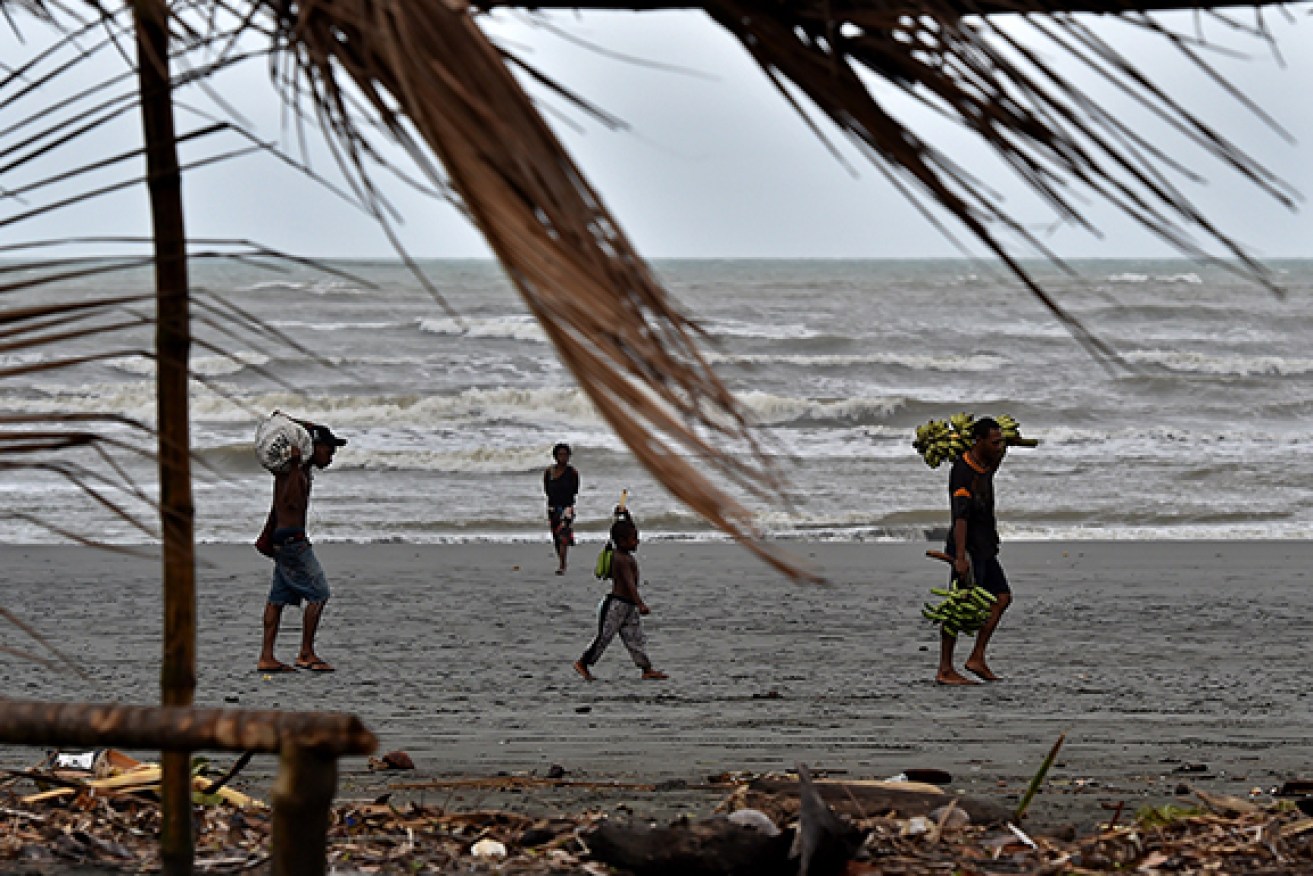No tsunami threat from PNG quake

Getty.
There are no reports of damage and a tsunami threat has passed from a 7.1 magnitude earthquake that struck in the Pacific between Papua New Guinea and the Solomon Islands.
The quake hit at a depth of 23.2 kilometres about 144 kilometres southwest of Panguna in PNG and 642 kilometres from the Solomons capital Honiara at 1710 AEST on Thursday, the US Geological Survey said.
The USGS had initially reported the earthquake’s magnitude at 7.2 with a depth of 22 kilometres, but later revised its strength and distance from PNG.
• Earthquake strikes Papua New Guinea
The Pacific Tsunami Warning Center said initially that hazardous waves for coasts within 300 kilometres of the epicentre were possible, but updated that to say “there is no longer a tsunami threat from this earthquake”.
Geoscience Australia senior seismologist Jonathan Bathgate said no serious damage to nearby communities was expected.
“The coastlines there are sparsely populated, so we do tend to find that even if there’s a small tsunami, it largely goes unnoticed.”
Chris McKee, from the PNG Geophysical Observatory in Port Moresby, said: “We’re not sure at the moment whether there has been any damage, but it was a long way off the coast.”
A receptionist at the Lynchar Guest Haus in Bougainville, Lydia Kiumo, said she did not feel the tremor and had not received any tsunami warning.
“There was no earthquake. Nothing fell,” she told said.
The area around Papua New Guinea has been rattled by a series of quakes over the past week, including a 7.4 magnitude tremor south-southwest of the town of Kokopo in the New Britain region on Tuesday.
A tsunami warning was also issued on that occasion, but was later lifted without incident. No major damage was reported.
Last Friday, a 6.8 earthquake hit off Kokopo after a 6.7 tremor struck off the same area on Thursday. There was no reported damage.
Bathgate said the latest quake was separate from the series of tremors that have rocked the New Britain region in recent days.
But he noted that it occurred along the same plate boundary.
“It’s often not unusual to get other large earthquakes in regions that have been very active,” he said.
“The large earthquakes in New Britain along the same plate boundary would have impact for the stress field on other parts of that boundary.
“So having those large earthquakes probably does increase the likelihood of having other earthquakes along that plate boundary.”








